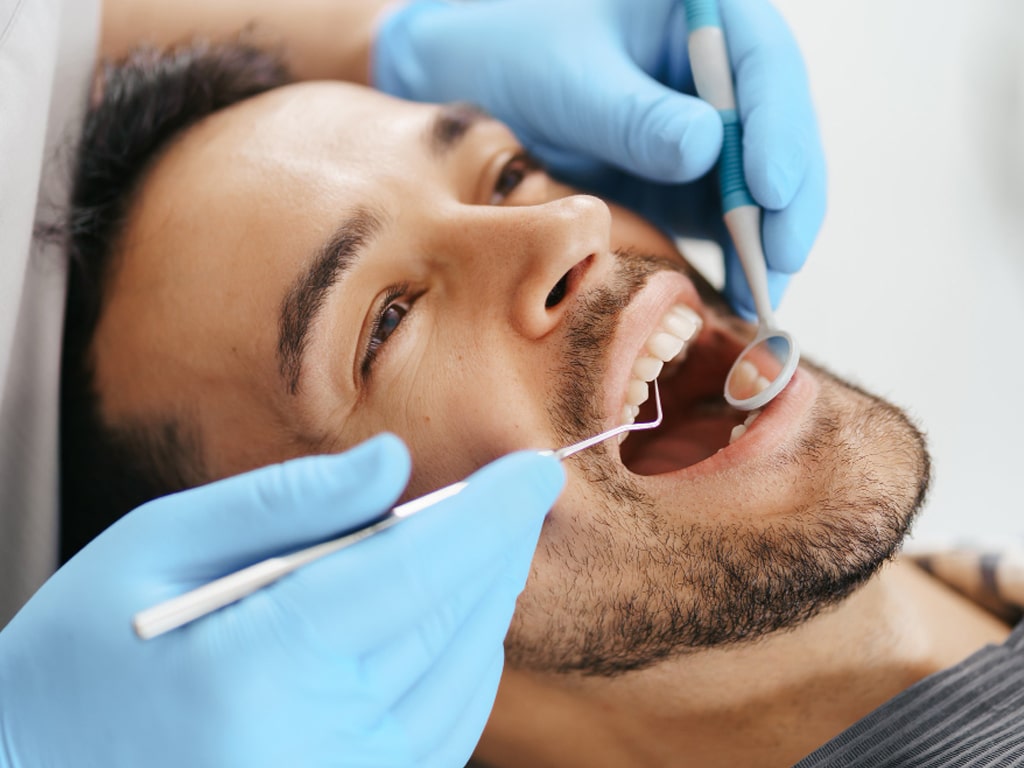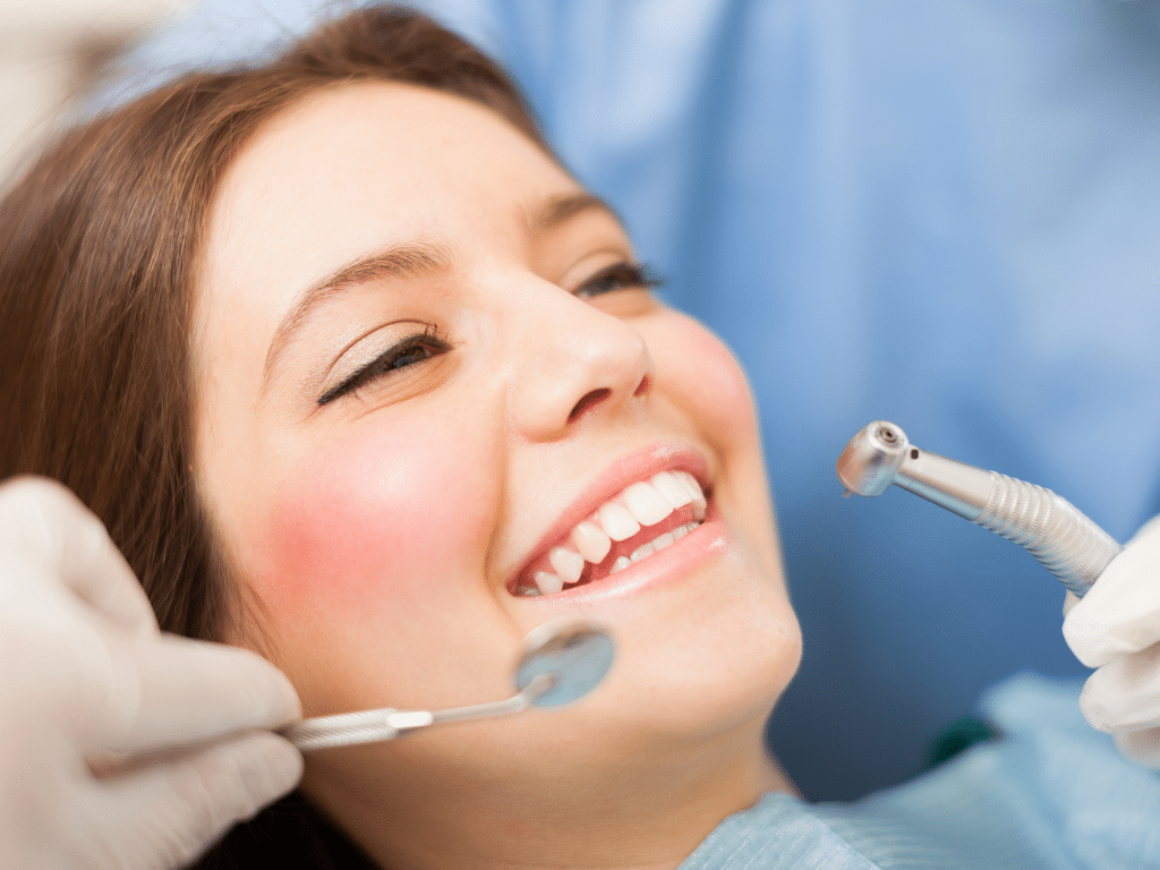A smile can brighten the darkest day, but what happens when our smile feels incomplete due to a missing tooth? It’s a common issue — through accident, age, or ailment, many individuals will face the reality of losing a tooth. This gap can affect not only the aesthetics of one’s smile but also the structural integrity of the surrounding teeth, impacting both confidence and health.
The good news is that modern dentistry provides various solutions to restore that beaming smile and maintain oral well-being. The following suggestions aim to help you understand your options and take the first steps towards a full and confident smile.
Introduction:
Losing a tooth can be a troubling experience, but it’s important to remember that it is a fixable concern. With an array of effective treatments available today, there is no reason to accept a gap in your grin as a permanent fixture. This article explores the top 10 solutions for dealing with a missing tooth, ensuring you can choose the option that best fits your needs and lifestyle. Let’s dive in so you can look forward to showing off your smile with pride once again.
- Dental Implants:
- Permanent Solution: Implants are designed to last a lifetime with proper care, mimicking the functionality of a natural tooth.
- Osseointegration: A titanium post is inserted into the jawbone, and over time, it fuses with the bone, providing stable support for a crown.
- Natural Appearance: The crown attached to the implant is custom-made to match the colour and shape of your surrounding teeth.
- Preserve Jawbone: Implants prevent bone loss by stimulating the jawbone similarly to a natural tooth root.
- Comfort and Convenience: Once healed, implants require no special maintenance beyond normal dental hygiene.
- Success Rate: Dental implants have a high success rate, reported to be over 95% in healthy individuals.
- Cost and Investment: While initially more expensive, the longevity of implants can make them cost-effective over time.
- Dental Bridges:
- Fill the Gap: Bridges literally bridge the gap where teeth are missing using adjacent teeth as support.
- Fixed or Removable: Options include fixed bridges, which are cemented in place, and removable bridges that can be taken out for cleaning.
- Material Choices: Bridges can be made of porcelain, ceramics, or metal alloys tailored to your situation.
- Time-Tested Solution: Dental bridges have been used successfully for many years.
- Insurance Coverage: Many dental insurance plans partially cover the cost of bridges.
- Quicker Process: Getting a bridge is usually faster than getting an implant, involving fewer visits to the dentist.
- Oral Care: Requires diligent cleaning around the bridge to prevent decay in supporting teeth.
- Partial Dentures:
- Economical Option: Partial dentures are a more budget-friendly solution compared to implants or bridges.
- Removable: They can be taken out for cleaning, providing ease of maintenance.
- Aesthetic Flexibility: Dentures can closely resemble natural teeth and gums.
- Additional Support: They can help prevent other teeth from shifting out of place.
- Comfort: Modern dentures are more comfortable than ever, with options for soft liners or flexible frameworks.
- Adaptability: Dentures can be updated if additional teeth are lost.
- Short-Term Solutions: They are often used temporarily while waiting for a more permanent option.
- Complete Dentures (For Multiple Missing Teeth):
- Full Replacement: Best for those missing all teeth in an arch (upper or lower).
- Cost-Effective: Offers a full smile restoration at a lower cost than multiple implants or bridges.
- Custom Fitting: Tailored to fit the contours of your mouth for comfort.
- Aesthetic Quality: Modern materials allow for a natural-looking smile.
- Improved Functionality: Helps with chewing and speaking clearly.
- Jawbone Consideration: Over time, dentures may need adjustments due to changes in the jawbone.
- Suction or Adhesives: These can be held in place by natural suction or with the aid of adhesives.
- Immediate Dentures:
- Instant Results: Placed immediately after teeth extractions, so no need to be without teeth.
- Healing Process: Protects the gums during healing and can help control bleeding.
- Temporary Measure: Often used while waiting for the gums to heal before fitting traditional dentures.
- Adjustments Needed: They require more adjustments as the gums and bones reshape during healing.
- Convenience: Avoids the embarrassment of living without teeth.
- Cost: Generally, it is more expensive than conventional dentures due to the additional adjustments needed.
- Transition: This can be a stepping stone to other permanent solutions such as implants.
- Flipper Tooth:
- Temporary Device: A flipper tooth is a removable partial denture meant for short-term use.
- Immediate Option: This can be made quickly, often the same day or soon after the tooth is removed.
- Inexpensive: Usually the least expensive option for filling a gap.
- Easy to Use: Lightweight and relatively comfortable to wear.
- Aesthetic Purpose: Great for front teeth where appearance is a concern.
- Ease of Care: Simple to clean due to its removable nature.
- Functional Limitations: Not recommended for eating tough or sticky foods.
- Orthodontic Treatment:
- Strategic Movement: Braces or clear aligners can be used to close gaps by moving adjacent teeth into the space.
- Long-Term Benefits: Treatment can improve bite alignment and prevent future dental issues.
- Aesthetic Improvement: Offers a chance to simultaneously correct other misalignments.
- Duration: Treatment times vary extensively and may take several months to years.
- Age Flexibility: Available for both teens and adults.
- Investment in Oral Health: It can be expensive, but many plans offer orthodontic benefits.
- Post-Treatment Retention: Requires wearing retainers to maintain results.
- Tooth-Supported Fixed Bridge:
- Reliability: A popular choice due to their long history of reliable use.
- Non-Invasive: Adjacent teeth are prepared, but there is no surgery involved, unlike with implants.
- Quick Process: This can be completed in two or three dental visits.
- Bone Preservation: Prevents the loss of bone under the bridge.
- Consistency: Provides consistent biting strength, allowing you to eat normally.
- Potential Drawbacks: The supporting teeth need to be healthy as they will be filed down.
- Oral Hygiene: Extra care is needed to clean under the bridge to prevent plaque buildup.
- Resin-Bonded Bridge (Maryland Bridge):
- Minimal Preparation: Adjacent teeth require minimal or sometimes no preparation.
- Speedy Procedure: Often takes fewer visits to the dentist compared to traditional bridges.
- Aesthetic: Metal or porcelain wings on one side of the bridge are bonded to your existing teeth.
- Preservation of Structure: Less invasive to the structure of adjoining teeth.
- Cost: More cost-effective than traditional bridges and implants.
- Durability: It is not as strong as traditional bridges and is best for teeth with low bite force, like front teeth.
- Temporary Solution: This can serve as a temporary fix before pursuing a more permanent option.
- Do Nothing:
- Natural Healing: In some cases, leaving the space empty is an option, and your mouth will adjust naturally.
- Cost-Saving: No immediate financial outlay.
- Potential Movement: Other teeth may shift to fill the gap, which can cause alignment issues.
- Bone Loss Risk: Over time, the jawbone in the gap area can deteriorate.
- Aesthetics: Depending on tooth location, it may not affect your visible smile.
- Functional Limitations: Chewing and speech may be affected, leading to potential diet and nutrition issues.
- Observation: Regular dental check-ups are essential to monitor any changes.
Conclusion:
Dealing with a missing tooth is a highly personal journey, and your decision on how to proceed should be made with careful consideration of your dental health, lifestyle, financial situation, and personal preferences. Whether you opt for a durable and permanent solution like dental implants, a traditional fixed bridge, or removable options such as partial dentures or flippers, the ultimate goal is to restore functionality and confidence to your smile.
The array of treatments available today means that no one has to live with the discomfort or embarrassment of a missing tooth. With the guidance of a skilled dental professional, you can embark on a path to a complete and radiant smile.
Take the first step towards reclaiming your smile and enhancing your quality of life!
For more information or to schedule a consultation, please
Name: Findlay Creek Family Dental
Address: 4100 Albion Road, Ottawa, ON
Phone: 613-822-1500
Email: info@findlaycreekfamilydental.com
Website: Findlay Creek Family Dental.
Your smile is just one call away from shining brighter than ever!
“Reclaim the Power of Your Smile with Findlay Creek Family Dental — Your Partner in Oral Perfection.“
FAQ
-
A1: Dental implants can last a lifetime with proper care and maintenance. They have a high success rate and are considered a permanent solution for missing teeth.





